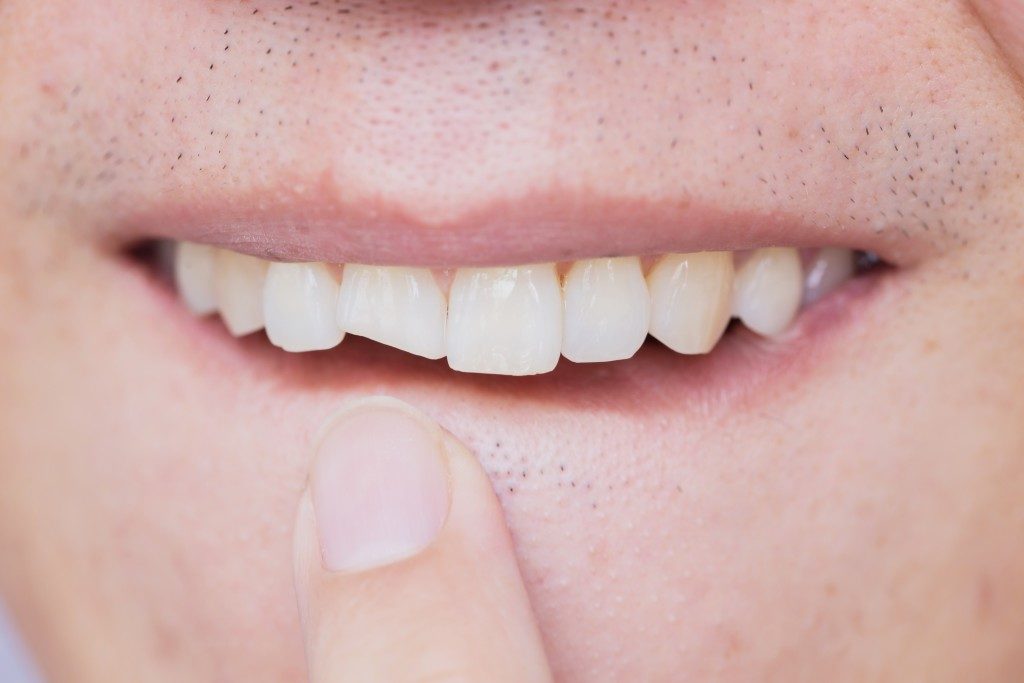Few people would associate dental care with an emergency. Dental emergencies are nonetheless all too common not only in contact sports and accidents but also normal daily activities. One often overlooked dental emergency is a cracked tooth. This, to most people, is simply a discomfort they need not rush to the dentist for.
Based on the position and degree of a dental crack, however, you might end up with a systemic bacterial infection from the crack or lose your entire tooth to decay. The cracked teeth treated at a Meridian-based dental care center are not limited to those with evident cracks. Some cracks are primarily invisible and erratic pain when chewing or in temperature extremes might be the only symptoms you have.
Rather than wait for symptoms, routine dental care can pick the cracks and intervene promptly. Moreover, it is essential to get a dental review after a traumatic incident to guarantee the integrity of your dental enamel. The first step in management is the categorization of the cracked tooth to pick its ideal treatment. Here are the types of cracked teeth you might have.
Fractured Cusp
This is characterized by the breaking off of your tooth’s chewing surface typically around a filling. Fractured cusps rarely damage the pulp and do not often cause excruciating pain. The dentist, in this instance, might install a crown or filling over the cracked tooth to protect its inner layers.
Most people place pain medications on the affected tooth to relieve discomfort before going to a dentist. This nonetheless causes more harm. Bite on moist and clean gauze to relieve your discomfort on the way to the dentist’s office.
Cracked Tooth

Here, a crack extends vertically from your tooth’s chewing surface towards the roots. The tooth, in this case, is not separated, although the crack might continue spreading. If this crack has reached the pulp, a root canal and crown will avert its spread and save your tooth. If however, the crack is below your gum line, the tooth should be extracted to avoid compromising your gum health. After extraction, you can have a dental implant installed to fill the gap left.
Split Tooth
This typically follows the worsening of a cracked tooth. A split tooth will have distinct parts that can be separated. The extent and position of the crack in a split tooth determine if any part of the tooth will be saved through endodontic treatments. In most cases, nonetheless, the tooth is extracted, and an implant or dental bridge placed on the gap.
Vertical Root Fracture
This begins in the tooth’s root then extends towards its chewing surface. There are minimal symptoms associated with vertical root fractures. They are thus often discovered when the gum and surrounding bone of the cracked tooth become infected. Extraction of the tooth and endodontic treatments to save part of it are some treatment alternatives for vertical root fractures.
There are now several preventive options a dentist might offer for the above types of tooth cracks. He/she can, for instance, recommend a customized mouth guard for contact sports to protect the teeth. You can also get the mouth guard to protect your teeth if you suffer from bruxism.

